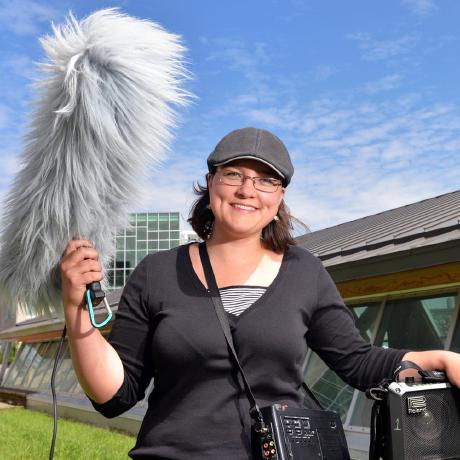All posts (Page 78 of 126)
A while ago we
onboarded an
exciting package, codemetar
by Carl Boettiger. codemetar is an R specific
information collector and parser for the CodeMeta
project. In particular, codemetar can
digest metadata about an R package in order to fill the terms
recognized by CodeMeta. This means
extracting information from DESCRIPTION but also from e.g. continuous
integration1 badges in the README! In this note, we’ll take advantage
of codemetar::extract_badges function to explore the diversity of
badges worn by the READMEs of CRAN packages....
You might have read my blog post analyzing the social weather of rOpenSci onboarding, based on a text analysis of GitHub issues. I extracted text out of Markdown-formatted threads with regular expressions. I basically hammered away at the issues using tools I was familiar with until it worked! Now I know there’s a much better and cleaner way, that I’ll present in this note. Read on if you want to extract insights about text, code, links, etc. from R Markdown reports, Hugo website sources, GitHub issues… without writing messy and smelly code!...
Thanks to the second post of the series where we obtained data from eBird we know what birds were observed in the county of Constance. Now, not all species’ names mean a lot to me, and even if they did, there are a lot of them. In this post, we shall use rOpenSci’s packages accessing taxonomy and trait data in order to summarize some characteristics of the birds’ population of the county: armed with scientific and common names of birds, we have access to plenty of open data!...
In this new post, we’re taking a break from modern birding data in our birder’s series… let’s explore gorgeous drawings from a natural history collection! Armed with rOpenSci’s packages binding powerful C++ libraries and open taxonomy data, how much information can we automatically extract from images? Maybe not much, but we’ll at least have explored image manipulation, optical character recognition (OCR), language detection, taxonomic name resolution with rOpenSci’s packages.
🔗
Free natural history images and appropriate R tooling!
A long time ago I had bookmarked the Flickr account of the Biodiversity Heritage Library (BHL). So many beautiful images of biodiversity, moreover free to use! In particular, I downloaded all pictures from one of the Birds of Australia albums.
...rgbif was seven years old yesterday!
🔗
What is rgbif?
rgbif gives you access to data from the Global Biodiversity Information Facility (GBIF) via their API.
A samping of use cases covered in rgbif:
- Search for datasets
- Get metrics on usage of datasets
- Get metadata about organizations providing data to GBIF
- Search taxonomic names
- Get quick taxonomic name suggestions
- Search occurrences by taxonomic name/country/collector/etc.
- Download occurrences by taxonomic name/country/collector/etc.
- Fetch raster maps to quickly visualize large scale biodiversity
🔗
History
Our first commit on rgbif was on 2011-08-26, uneventfully adding an empty README:




